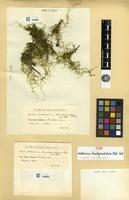
pc0695834.jpg from: https://plants.jstor.org/stable/10.5555/al.ap.specimen.pc0695834
Introduction
In the vast and captivating world of bryophytes, one particular moss species stands out for its unique beauty and ecological significance – the Meteorium sinuatum (Müll.Hal.) Mitt. This delicate yet resilient moss belongs to the Meteoriaceae family and is commonly known as Meteorium. Prepare to embark on a fascinating journey as we explore the intricate details of this remarkable plant.
Background
Before delving into the specifics of Meteorium sinuatum, it’s essential to understand the broader context of bryophytes. These non-vascular plants, which include mosses, liverworts, and hornworts, play a crucial role in various ecosystems. They are often overlooked due to their diminutive size, but their ecological importance cannot be overstated.
Main Content
Morphology and Identification
Meteorium sinuatum is a pleurocarpous moss, meaning its stems grow horizontally along the substrate. Its slender, creeping stems are adorned with delicate, feathery leaves arranged in a spiral pattern. These leaves are typically lanceolate in shape, with a distinctive midrib running along their length. The moss can range in color from vibrant green to golden-brown, depending on its environment and growth stage.
Global Distribution and Habitat
This remarkable moss species has a widespread distribution, found across various regions of the world, including
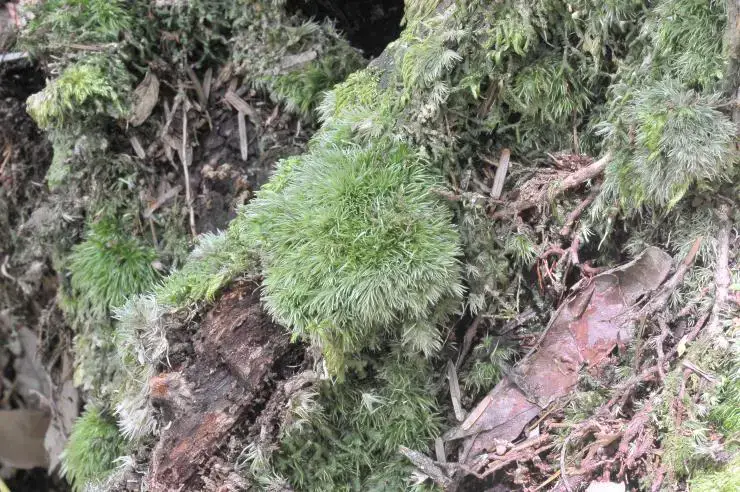
16083595bb6b5297d4932aee5f359826.jpg from: https://openmuseum.tw/muse/digi_object/2355523fe7d6b11d4b7a8ac495911fd7
Asia, Africa, Australia, and South America. It thrives in tropical and subtropical environments, often inhabiting the bark of trees, rocks, and other substrates in moist, shaded areas. Meteorium sinuatum
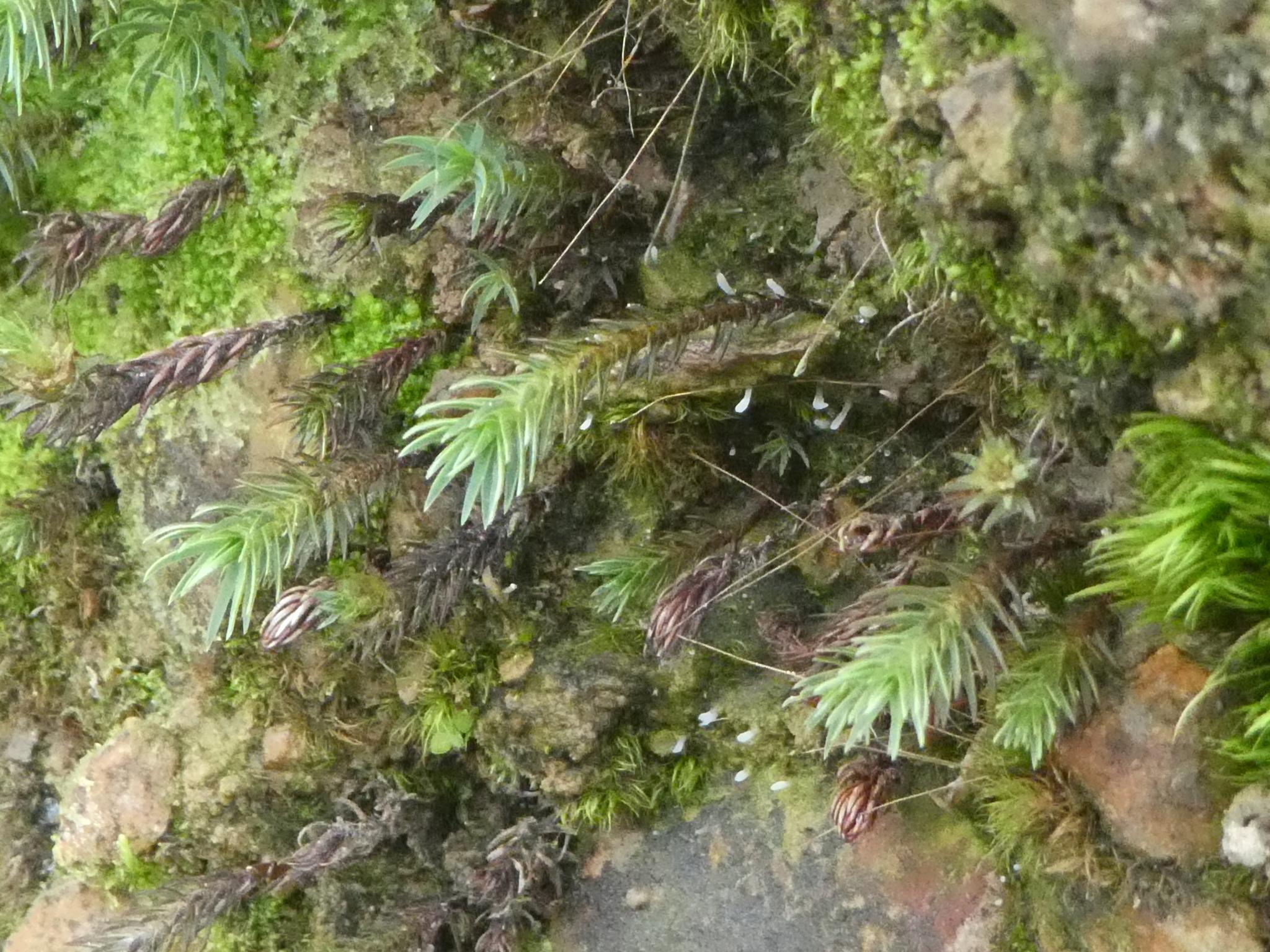
original.jpeg from: https://www.gbif.org/es/species/2682901
is particularly abundant in cloud forests and rainforests, where it contributes to the rich biodiversity of these ecosystems.
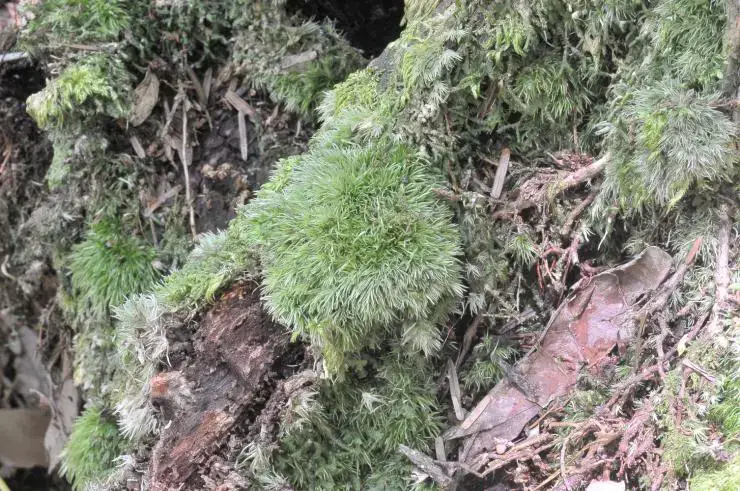
7037e79d418c961c5141889e083833ce.jpg from: https://taieol.tw/muse/digi_object/2355523fe7d6b11d4b7a8ac495911fd7
Ecological Roles and Adaptations
Despite its delicate appearance, Meteorium sinuatum plays a vital role in its environment. It serves as a microhabitat for numerous tiny organisms, providing shelter and sustenance for a diverse array of invertebrates, fungi, and microorganisms. Additionally, this moss acts as a
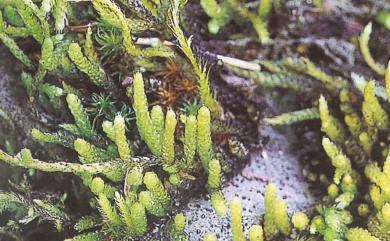
da818ee2d3a902837d2bebc5bb79e2f1.jpg from: https://taieol.tw/pages/8904
sponge, absorbing and retaining moisture, which helps regulate the local microclimate and prevent soil erosion.
One of the remarkable adaptations of Meteorium sinuatum is its ability to desiccate and revive when water becomes available again. This trait, known as poikilohydry, allows the moss to survive in harsh, dry conditions and quickly resume its metabolic activities when moisture returns.
Case Studies/Examples
In the Dinghu Mountain Biosphere Reserve in China, Meteorium sinuatum plays a crucial role in maintaining the delicate balance of the ecosystem. Researchers have found that this moss species contributes significantly to the nutrient cycling and water retention within the reserve, supporting the growth and survival of other plant species.
Another notable example is the Monteverde Cloud Forest Reserve in Costa Rica, where Meteorium sinuatum is a prominent component of the epiphytic bryophyte community. Its presence on tree trunks and branches creates a unique microhabitat, supporting a diverse array of invertebrates and other organisms.
| Characteristic | Description |
|---|---|
| Family | Meteoriaceae |
| Genus | Meteorium |
| Species | sinuatum |
| Growth Form | Pleurocarpous moss |
| Leaf Shape | Lanceolate |
| Habitat | Bark of trees, rocks, moist and shaded areas |
| Distribution | Tropical and subtropical regions worldwide |
Conclusion
The Meteorium sinuatum (Müll.Hal.) Mitt. moss, with its delicate beauty and remarkable resilience, serves as a testament to the incredible diversity and importance of bryophytes. As we continue to explore and appreciate the intricate tapestry of life on our planet, let us ponder this thought-provoking question: How can we better protect and conserve these often overlooked yet vital components of our ecosystems?